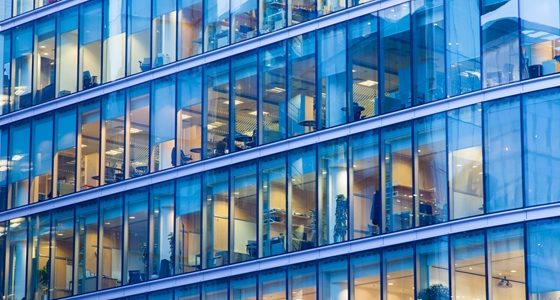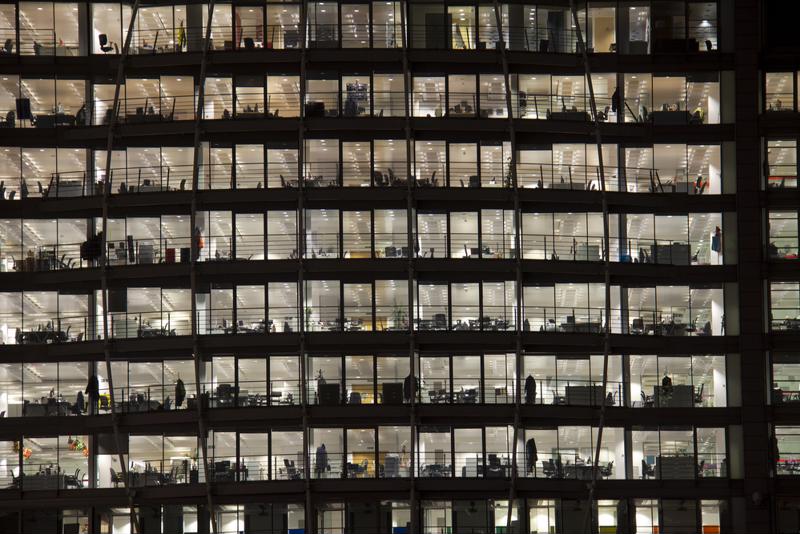
Windows are a critical part of the look, feel and structure of your office, commercial or residential building. However, over time, any building will experience damage to its windows or frames. Whether through wear and tear or because of an accident this window damage needs to be addressed swiftly and thoroughly.
The problem that most facilities managers in this situation are faced with is whether they should repair or replace the windows. Here are few factors to consider before choosing to how to fix your windows and frames.
Is there a mineral buildup?
If you notice a buildup of white salt and minerals on the frame or glass of your building's windows, you may not need replacements. These unsightly stains aren't so much a problem with the window and frame as they are with the building materials surrounding them such as concrete and brick.
Talk to Clean and Polish Building Solutions about having your windows and frames restored to eliminate these ugly marks and prevent them from coming back.
"Talk to Clean and Polish Building Solutions about having your windows and frames restored."
How old are the frames?
When it comes to updating your frames, the age of them plays a major role. Older frames are more likely to require full replacement due to rot, damage or rust. However, many newer designs and materials are more durable and made with multiple pieces that may only need to be repaired, rather than fully replaced.
Discuss with your building exterior specialist whether your frame is in need of a complete replacement or simple repair. Some window frame issues require cleaning around the surrounding brick as well.
Are there leaks?
If your building is experiencing air leaking out or water leaking in, it's time to fix your windows. Talk to Clean and Polish Building Solutions about caulking to improve the seal around your windows. This may be a simple way to fix a leak and repair the problem at minimal cost.
However, if you're experiencing a more severe leak, it's typically a sign that it's time for a replacement window. A new window and frame can eliminate the small cracks and fissures that emerge over time.

Are you trying to improve your energy efficiency?
Energy efficiency is a major reason behind many window replacement and repair projects. Replacement windows can offer new frames with tight seals and windows with UV-resistant tints and gas filling. However, these energy saving qualities cost a significant amount of money to install and are only worth it to your building if they can help you save money in the long run.
Instead, consider using window films. These films can help to keep UV light out, which can heat your building and impact your cooling bill. The cost of the film and its installation can be much less than new replacement windows and achieve similar affects.
The key is to determine why you need to fix your windows. If there are significant leaks or excessive exterior damage then repairs won't help. You'll need replace the window and frame.
If the issue is energy efficiency or a mineral buildup on the frame, then repairs can be superior.
Is there any historical significance?
One of the first steps that you'll need to take before deciding whether to repair or replace your windows is to ensure that they aren't historically important. As Peter Arsenault, AIA, NCARB, LEED-AP, explained in the journal Architectural Record, historical designations that may be placed on a building can impact the types of work that you're able to do to your structure.

While you likely know if your facade or building is a historical landmark, other aspects can play a role as well.
"Even if a building isn't yet listed, the fact that it is eligible may suggest compliance with the standards if the owner would like to eventually see it listed," Arsenault noted. "Further, a building located in a registered historic district & certified by the NPS as contributing to the historic significance of that district will also be subject to applicable provisions of the standards."
Historical frames and windows would likely need to be repaired by a set of standards or replaced with specific parts. These can significantly alter the expected cost.


